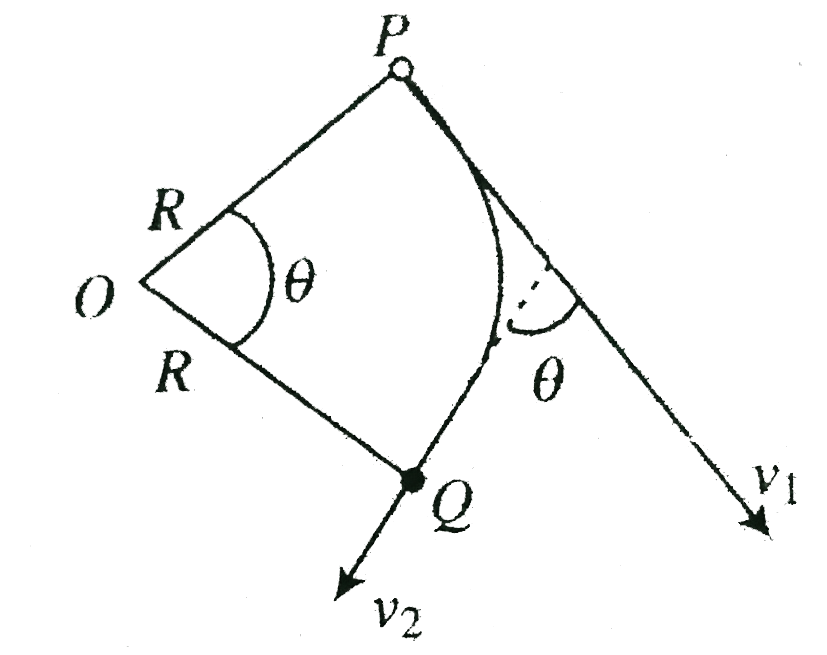the circular motion of a particle with constant speed is
Simple harmonic but not periodic
Periodic an simple harmonic
Neither periodic nor simple harmonic
Periodic but not simple harmonic
The correct Answer is:D
Step by step video, text & image solution for the circular motion of a particle with constant speed is by Physics experts to help you in doubts & scoring excellent marks in Class 11 exams.
Updated on:21/07/2023Topper's Solved these Questions
- KINEMATICSBook:CBSE COMPLEMENTARY MATERIALChapter:KINEMATICSExercise:Numericals
Explore 26 Videos
- GRAVITATIONBook:CBSE COMPLEMENTARY MATERIALChapter:GRAVITATIONExercise:MULTIPLE CHOICE QUESTIONS
Explore 19 Videos
- KINETIC THEORY OF GASESBook:CBSE COMPLEMENTARY MATERIALChapter:KINETIC THEORY OF GASESExercise:Objective question
Explore 20 Videos
Similar Questions
Knowledge Check
the circular motion of a particle with constant speed is
ASimple harmonic but not periodicBPeriodic an simple harmonicCNeither periodic nor simple harmonicDPeriodic but not simple harmonicIn circular motion of a particle,
Aparticle cannot have uniform motionBparticle cannot have uniformly acceleration motionCparticle cannot have net acceleration equal to zeroDparticle cannot have any force in tangential directionIn uniform circular motion of a particle
Avelocity is constant but acceleration is variableBvelocity is variable but acceleration is constantCboth velocity and acceleration is variableDspeed is constant but acceleration is variable
A particle describes an angle θ in a circular path with a constant speed v. Find the a charge in the velocity of the particle and b average acceleration of the particle during the motion in the curve (circle).
 .
.
View SolutionAssertion : In uniform circular motion speed of particle must be constant.
Reason : In uniform circular motion no force or acceleration is acting on particle acting parallel or in anti parallel to the direction of velocity.
View SolutionIf the kinetic energy of a particle moving with a constant speed on a circular path of radius 4 m is 100 j .Then the centripetal force will be
View SolutionA particle is moving on a circular path of radius R with constant speed v. During motion of the particle form point A to point B

View SolutionA particle is moving on a circular track of radius 30 cm with a constant speed of 6ms−1. Its acceleration is
View Solution